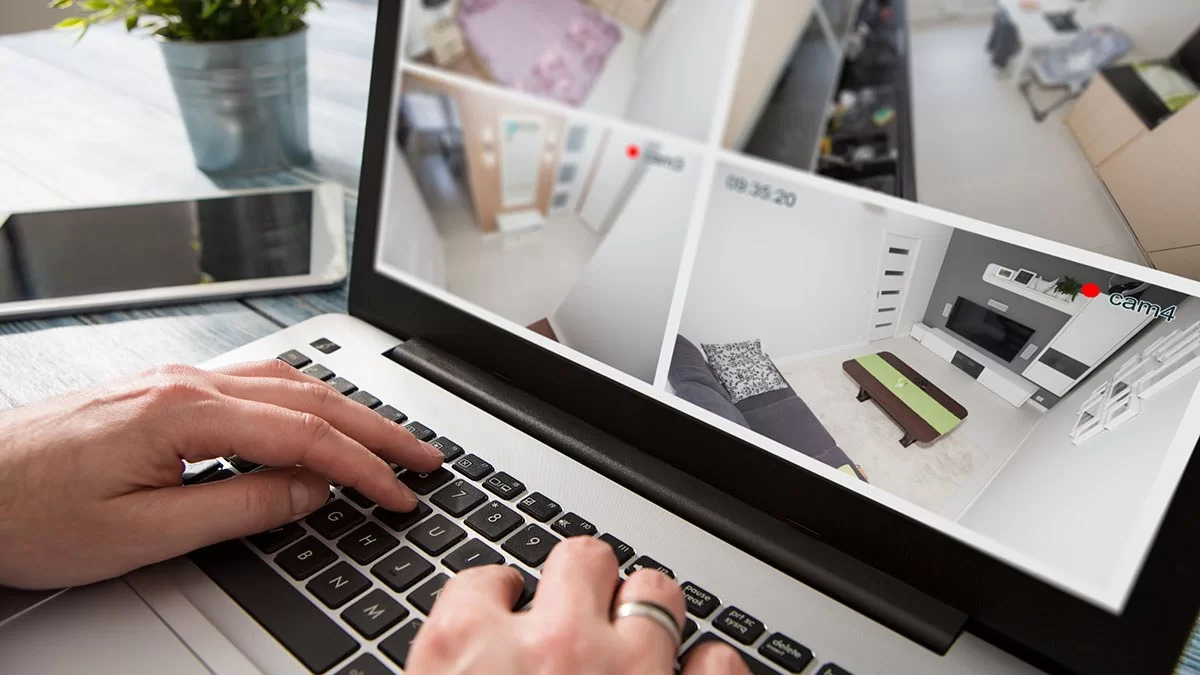Smart security systems from companies like Ring, Nest, and Arlo make DIY at-home security simple and inexpensive, which is why they’ve become popular among tech-savvy families.
According to Strategy Analytics, cameras are the second most popular smart-home gadget behind thermostats. Aside from providing security, cameras may assist you in keeping track of pet sitters, couriers, yard workers, and other visitors who may have a legitimate purpose to be at your home while you are away.
These devices can only assist you in monitoring your house if they are turned on and linked to the internet. You’re not a moron, so you won’t do what I did and leave your camera unplugged.
However, don’t allow a dead battery or a poor connection to keep you in the dark. Before your next vacation, double-check that your security cameras are up and running and that they are both digitally and physically secure. Here’s how to do a thorough examination of your video surveillance system.

Here are the Tips For Keeping Your Home Safe While You’re Away Using Security Cameras
Check your Wi-Fi signal strength.
Many devices include options that allow you to evaluate this. Ring customers may check their internet speeds and signal strength on the Device Health page. Connectivity can be hampered by large metal or structural items, such as a television or a water tank.
You can check this in settings on several devices. Users may check internet speeds and signal strength on the Device Health page. Large metal or structural things, such as a television or a water tank, might disrupt connectivity.
Relevant: 4 Great Wi-Fi Extenders To Boost Your Wireless Connection At Home
Create a secure and unique password.
“Credential-stuffing attacks” regularly target these services, according to Craig Young, a senior security researcher at Tripwire, a cybersecurity firm.
Hackers may view and listen in on live video streams in your house using your login, so use a strong password and activate multi-factor authentication.
Update the camera’s firmware.
Companies regularly push out security patches that can help prevent hijackings. Go to your device’s app to see if it is running the latest software.
Relevant: Best Outdoor Security Camera without Subscription
Enable end-to-end video encryption.
The ring just added full end-to-end encryption to its video and audio recording services. This means that the films may only be seen on mobile devices that have the functionality enabled; they cannot be scanned by Ring or its parent firm, Amazon.
Go to Control Center in the Ring app, then pick Video Encryption, Advanced Settings, and Video End-to-End Encryption. For the encrypted videos, you’ll need to create a password. If you forget your password, there’s no way to retrieve it, so keep it in a password manager or somewhere else safe.
Charge batteries and opt for power backups.
Some devices run on batteries, while others need to be plugged in. Before leaving town, make sure your batteries are completely charged. Consider backup alternatives, like this Arlo weather-resistant solar-panel charger, if you’re concerned about battery drain.
Turn on the motion detection feature.
Most smartphones have this function, and some can tell the difference between humans and other moving objects, so you don’t get inundated with alerts. Check to see if the device’s manufacturer has any particular suggestions for motion capture.
Assess your lighting.
While many cameras have night vision, complete darkness can mean poor visibility. Faces might also look washed out due to overexposure. Changing the angle of the camera can help with that.
Mount above arm’s reach—but not too high.
Place your camera near entryways (front door, back door, garage, basement stairwell, etc.). Keep a conspicuous security camera in plain sight to dissuade prospective attackers. Leave the status light on if the device has one.
Outdoor cameras from Ring should be positioned 9 feet above the ground, while Arlo recommends placing its devices at least 7 feet high and within 15 feet of predicted activity.
Protect your Wi-Fi network, too.
Is the password to your home Wi-Fi strong and difficult to guess? If it doesn’t, make a modification. Also, ensure sure the encryption is set to WPA2 or WPA3. Snoopers will be unable to gain access to the home network that powers your security equipment as a result of this. This setting is usually found in your router’s app.
Home Automation >> Surveillance & Security >> Tips For Keeping Your Home Safe While You’re Away Using Security Cameras